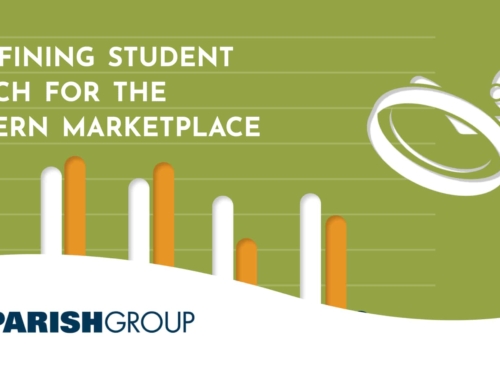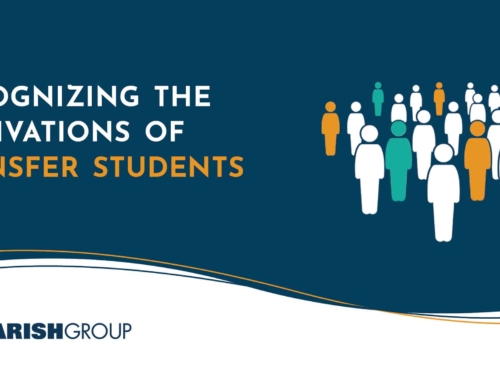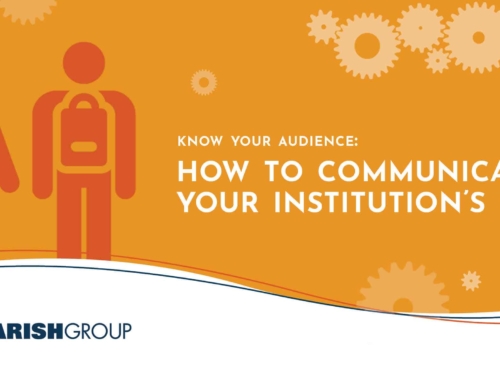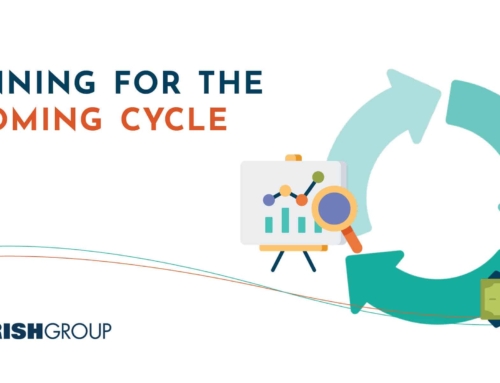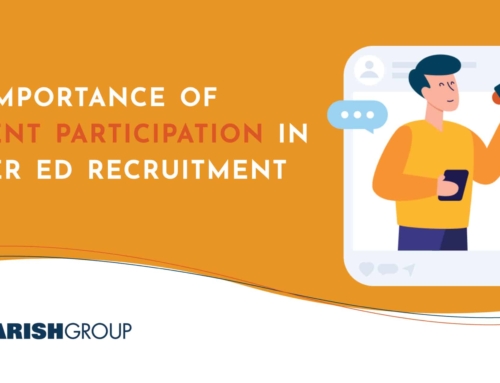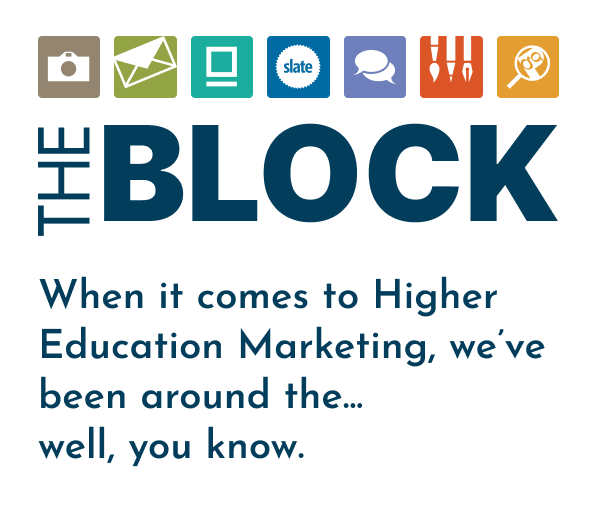
We all know the drill. Melt happens.
We factor it into our admissions cycles, decide early on what we can afford, and how far we’re willing to bend. And normally we brace for impact on May 1 to see where the chips fall.
But in all of our past May firsts, through the wincing and the teeth-gritting, we had some expectation of what would happen. We could at least kind of gauge where numbers would land based on history. Based on normal.
And now? This year finds us without a reliable normal.
We’ve had to toss history and normals aside and we’re left with wincing, teeth-gritting, and no information.
A host of schools delayed their decision date from May 1 to June 1, July 1, or into the fall. Extending the decision date simply extends the process, but doesn’t provide a solution.
Melt is inevitable and we need to change our paradigm from delaying it to minimizing it.
So how do you go about curbing melt these days?
Avoiding Student Melt in the Pandemic
It’s important to consider the emotional and mental state of the students you’re recruiting. They’ve been isolated from friends and classmates, missed their own graduations, and are living in what feels like a dystopian future full of riots and mask-wearing.
In many cases, they’re lonely, scared, and financially insecure. As you reach out to these students, here are some best practices to utilize:
- Engage Non-responders in Your Primary Market.
Our studies have shown that students who once never opened a school’s emails are going back, months after the fact, and clicking through the same emails to access the school’s website. This highlights the strength of leaning on your own data to discover opportunities in the market.
It is wise to consider that students may have altered their views on preferred distance from home. Research is showing students to be less willing to study far from home as cross-country travel has proven unreliable or dangerous.
Launching a campaign to reach your geographically-close non-responders is a strong tactic.
- Consider the Transfer Market.
A third of students are talking about attending community colleges this fall.
The way you communicate with transfer students can’t be by happenstance. Your school may be an excellent fit for someone who’s a junior in good-standing elsewhere, but if the process to transfer is too laborious or puts the student on an unending phone tree, there will be no way to capitalize on that potential.
Whether you develop a transfer marketing strategy that is passive or active, the process itself should be a seamless student experience.
- Initiate a Calling Campaign.
With students feeling lonely, they’ve started picking up the phone. It’s unbelievable how powerful calling campaigns have become as teens hunger to make up for the conversations they would’ve had in-person.
Developing a calling campaign to encourage application or follow up on missing documents can serve as a big measure to minimize melt.
- Speak Up.
It is important to note that some melt will be affected by silence over the status of national concerns.
Has your institution commented on current race issues with national protests? Has your institution made a plan to mitigate liabilities with COVID and health concerns this fall?
Sooner or later, silence will speak its own lack of confidence, passion, and planning. Do your part to let students know where your institution stands on these pivotal issues.


